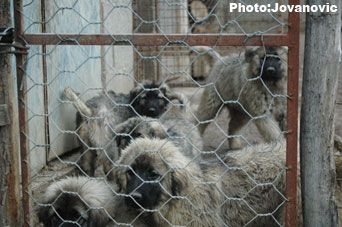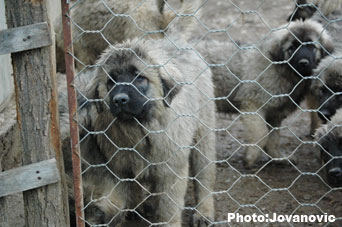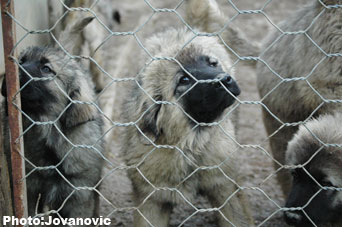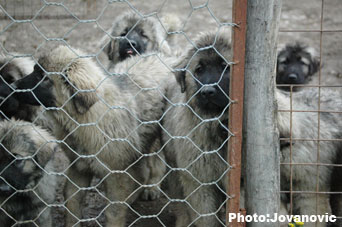 After
the trip to Slavonia, I had a strong desire to visit the city of Valjevo
and Brankovina. My mother’s maiden name was Nenadovic and in the description
of her origins, she wrote that her ancestors migrated from the region of
Valjevo to Banat during the great migration under Mr Arsenije Carnojevic.
This information pushed me to search in the literature about the family
Nenadovic and all the sources, and even Prota (archpriest) Mateja Nenadovic
said in his memoirs that the Nenadovic are from Birac, in Montenegro. This
village was destroyed by Turks and so its population has fled to Serbia.
This is why the Nenadovic are of Serbian origin from the Banjani and Birac
tribe or Birc near Niksic, which was once part of the Old Herzegovina. At
the beginning of the 18th century, the Nenadovic were first settled in the
town of Osecina, to pass to Brankovina around 1750. There is some confusion
around the name Birac, as Birac exists in the region of Drina area from
the side of Bosnia; it’s a plateau that is situated between Srebrenica and
Vlasenica.
After
the trip to Slavonia, I had a strong desire to visit the city of Valjevo
and Brankovina. My mother’s maiden name was Nenadovic and in the description
of her origins, she wrote that her ancestors migrated from the region of
Valjevo to Banat during the great migration under Mr Arsenije Carnojevic.
This information pushed me to search in the literature about the family
Nenadovic and all the sources, and even Prota (archpriest) Mateja Nenadovic
said in his memoirs that the Nenadovic are from Birac, in Montenegro. This
village was destroyed by Turks and so its population has fled to Serbia.
This is why the Nenadovic are of Serbian origin from the Banjani and Birac
tribe or Birc near Niksic, which was once part of the Old Herzegovina. At
the beginning of the 18th century, the Nenadovic were first settled in the
town of Osecina, to pass to Brankovina around 1750. There is some confusion
around the name Birac, as Birac exists in the region of Drina area from
the side of Bosnia; it’s a plateau that is situated between Srebrenica and
Vlasenica.If we take into account that the first great migration of Serbs began in 1690 and that the arrival of Nenadovic, in the region of Valjevo, is situated at the beginning of the 18th century, my opinion is that it is a later migration, maybe in 1813 when Jakov Nenadovic and other Nenadovic and a bigger number of Valjevo citizens from Serbia fled for the Turks towards Vojvodina. Jakov Nenadovic took refuge in the monastery Fenek, near the village Jakovo, 25 km from Belgrade.
Valjevo is a very pleasant town, through which is passing the river Kolubara.
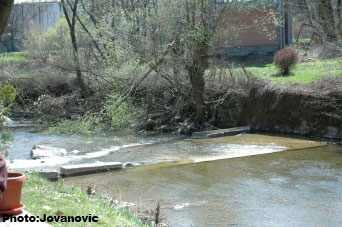
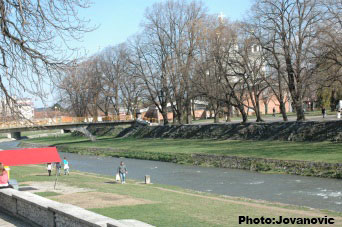
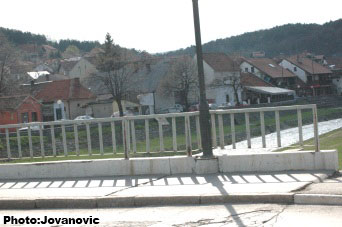
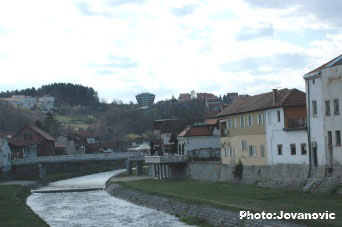
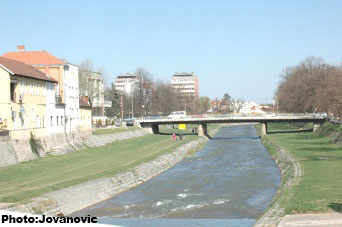
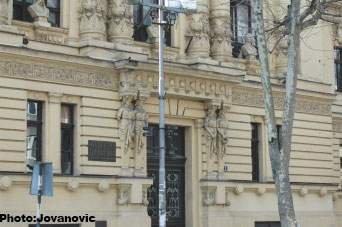
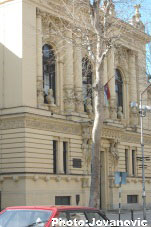

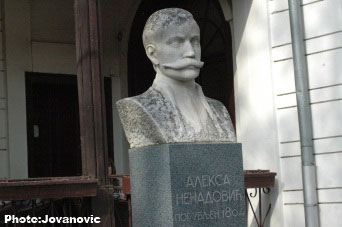
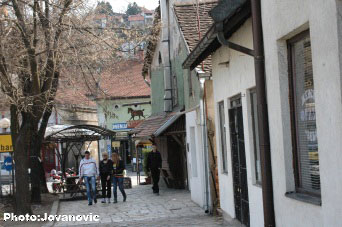
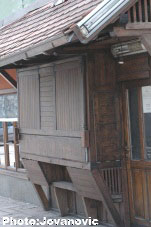
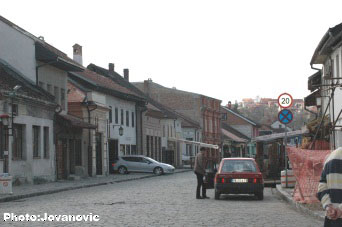
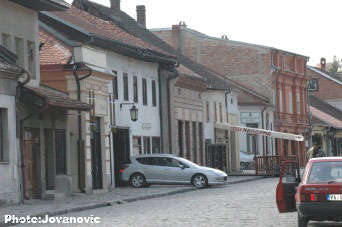
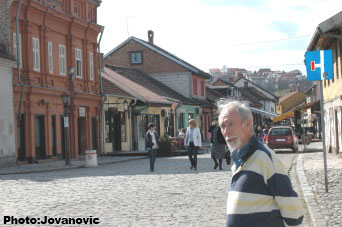
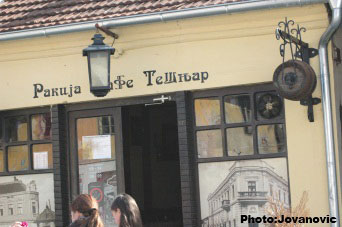
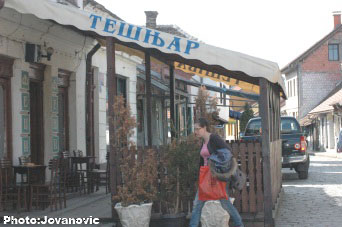
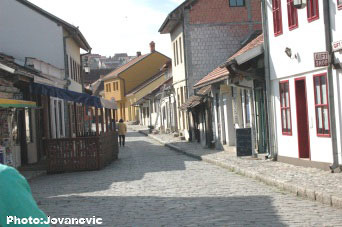
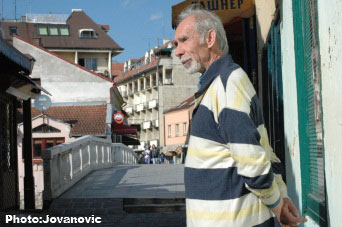
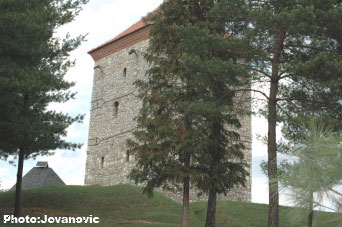
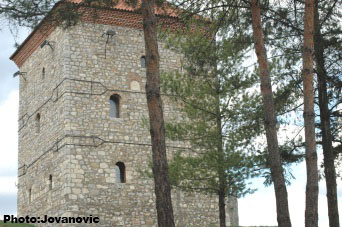
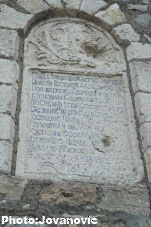
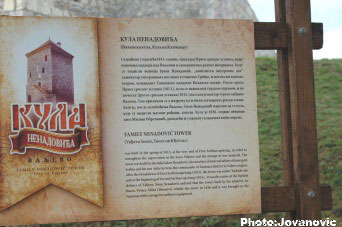
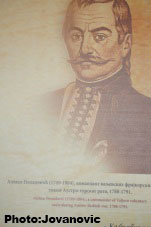
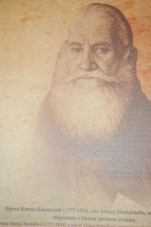
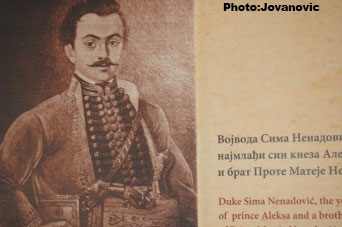
At the end of the afternoon, we headed towards Brankovina, beautiful village 11 km away from Valjevo. We visited the church Svetih Arhandjela (from Saints Archangels), the legacy of Prota Mateja Nenadovic, in these surroundings is also the old school.
What impressed me the most, were the graves of most of famous Nenadovici, and also here was the monument of King Peter I Karadjordjevic because he is related with the family Nenadovic. His mother, Persida Nenadovic (1813-1873) was married to the youngest son of Karadjordje, Prince Aleksandar Karadjordjevic; she became princess and gave birth to ten children, and the 5th became King Peter I.
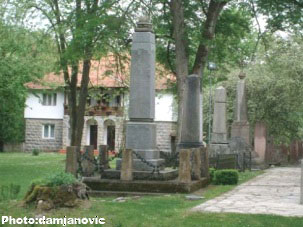
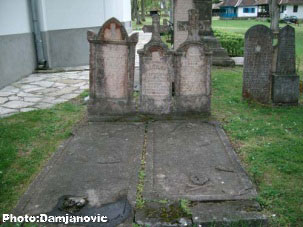
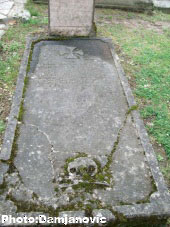
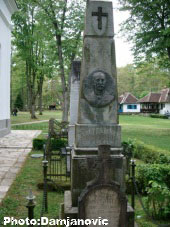
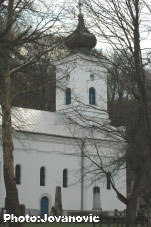
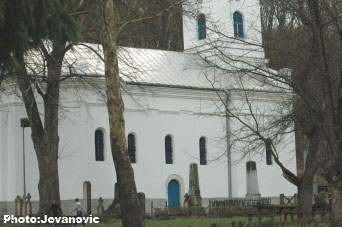
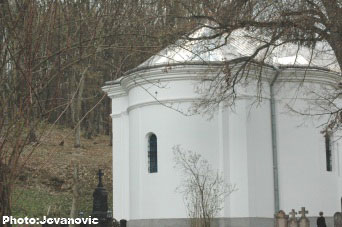
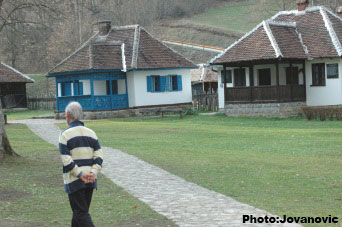
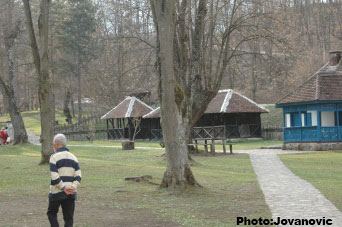
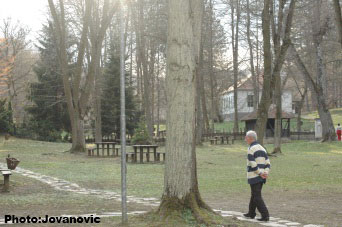
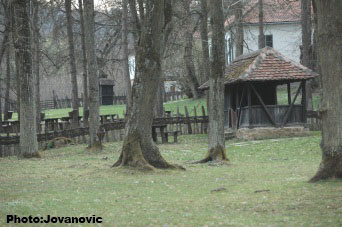
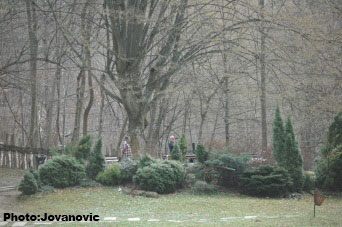
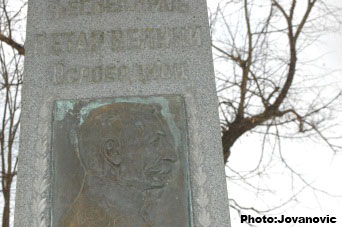
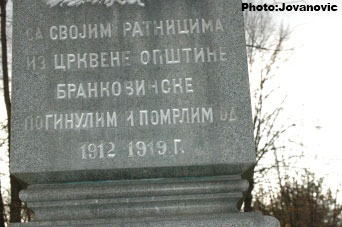
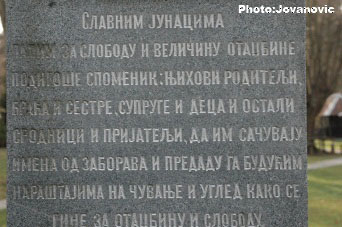
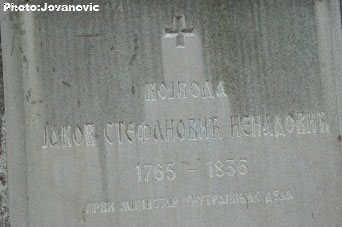

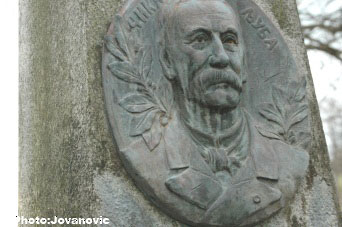
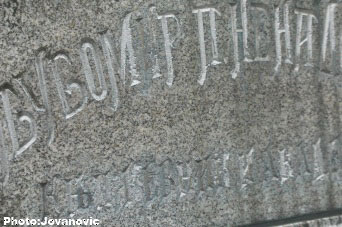
- Mladen-Nenadovic (1834-1868, son of Voïvoda Jevrem, grand son of Voïvoda Nenadovic Jakov), captain of the cavalry
- Sima Nenadovic (1838-1868, brother of Mladen) lieutenant in the Austrian cavalry. Mladen and Sima were sentenced to death, accused of participating a plot against the Prince Mihail Obrenovic in 1868. They were uncles of King Peter I Karadjordjevic.
- Petar-Topalovic (1840-1891, son of Anka Nenadovic, the grand son of Voïvoda Jevrem).
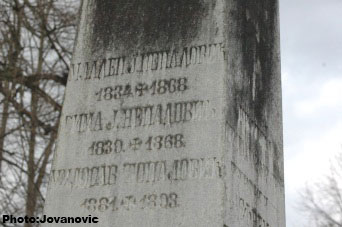
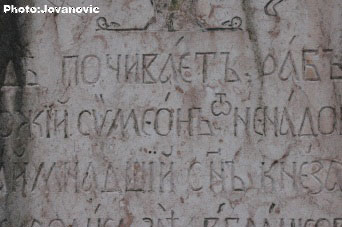
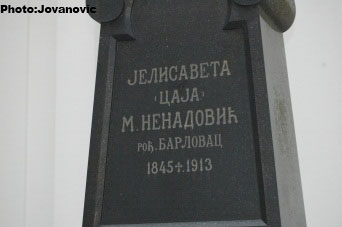
- Predrag-Nenadovic, died at young age (1863-1892) - Dr. Jakov-Jasa Nenadovic (1865-1915) Doctor of Laws, Chief of Staff of the King Peter I Karadjordjevic and diplomat.
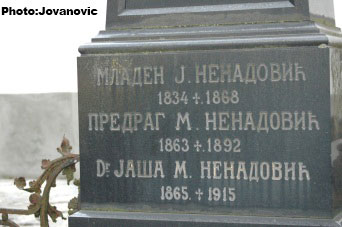
The rest of my stay, I spent at Koviljaca spa and it was dedicated to my spa therapy and it was rather boring, especially as the weather was bad. But, just before the end of my stay I had an enjoyable event: the family Vasic, Slavoljub and Marija, led me to visit Mr Sreten Kojic, Sarplaninci breeder in the village Jadranska Lesnica, just at the foot of Mont Cer..
The road was very bad. Our hosts welcomed us very warmly; they had plenty of space and plenty of Sarplaninci: three adult males, several females and a lot of puppies.
I only took pictures of the males and the females who were still having their fur. The three males were recently exhibited at the exhibition of Loznica, the choice of the best was given to Herkul. I have preferred, for his construction and the head, the brother of Herkul, but he is characterized by a bit too short fur; he is a true athlete. All three have an excellent anatomy; they are very muscular, strong, agile and have a very strong character.
BARNI
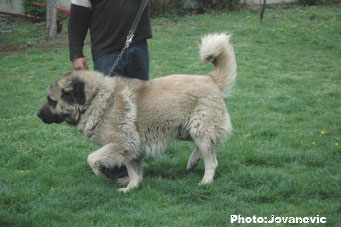
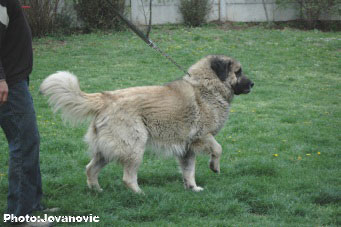
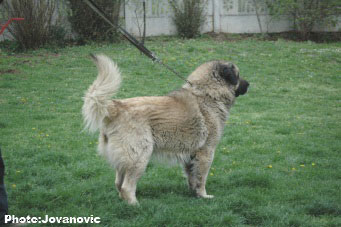
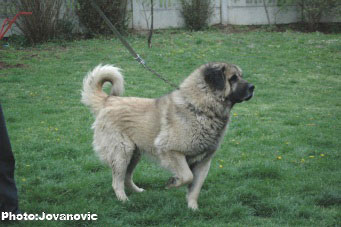
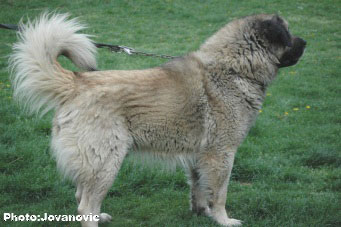
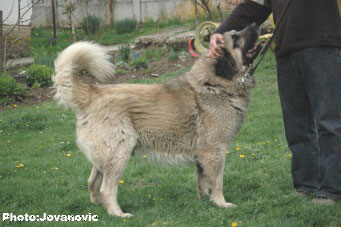
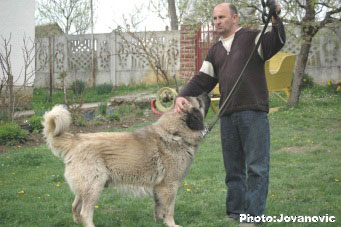
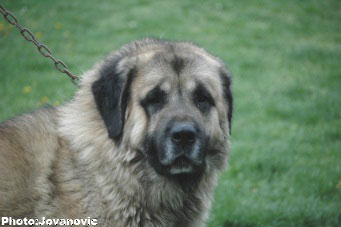
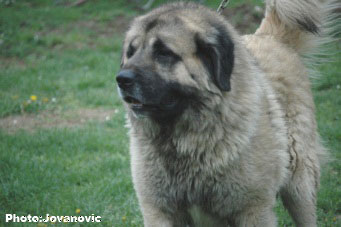
HERKUL
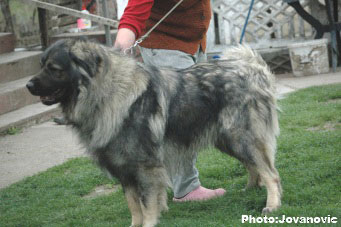
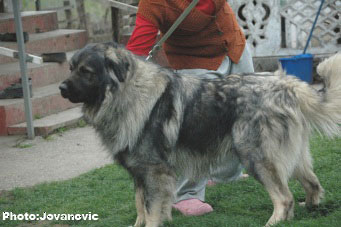
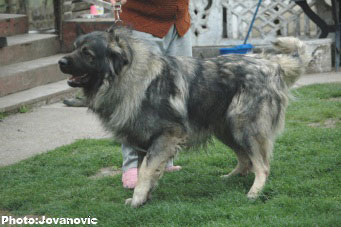
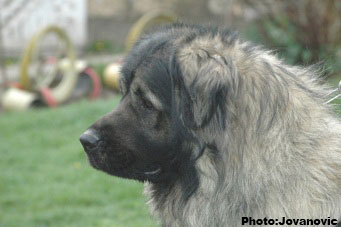
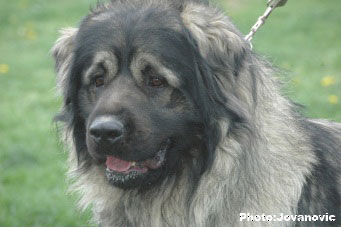
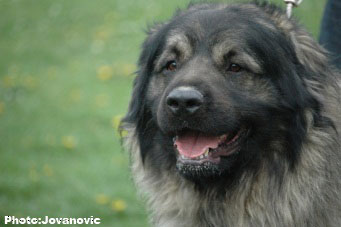

FRERE DE HERKUL
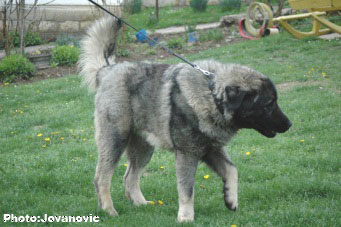
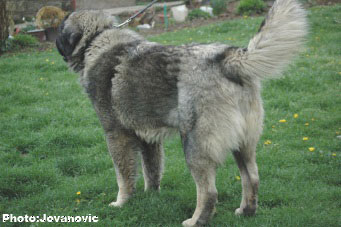
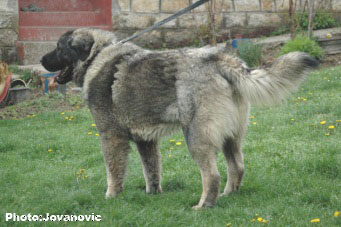
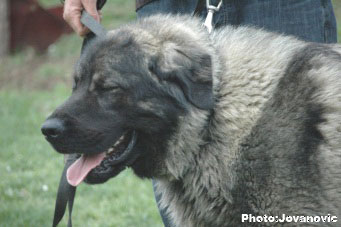
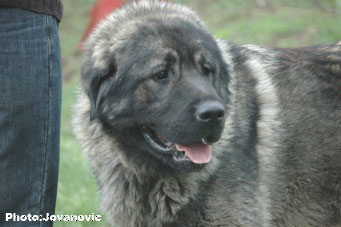
Herkul and his brother are originating from Ljubomir Kekanovic dogs and the "favourite" of the family Kojic, Barni, is descending from dogs from Vujanski and Steva.
BURA
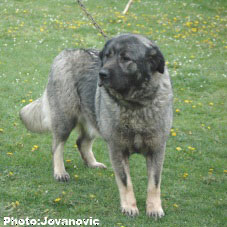
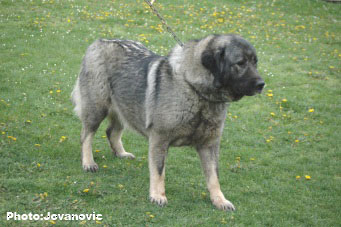
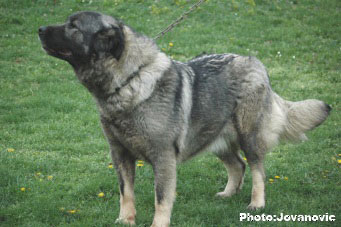
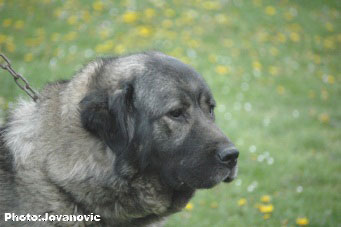
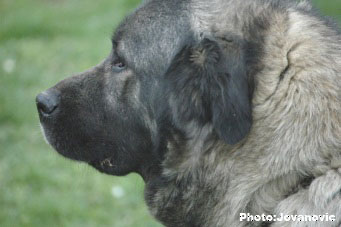
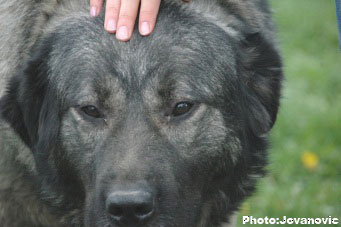
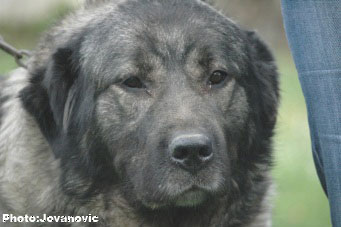
MURA
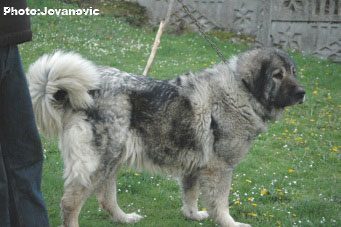
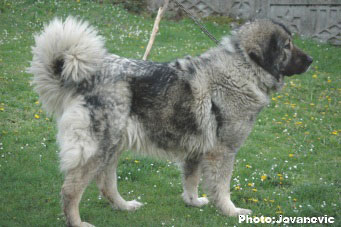
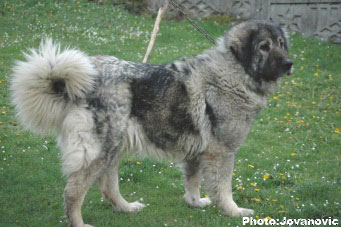
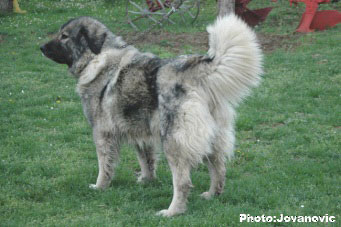
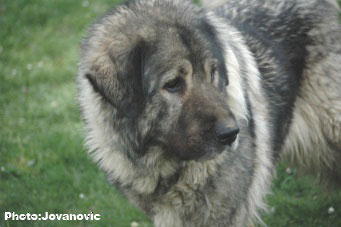
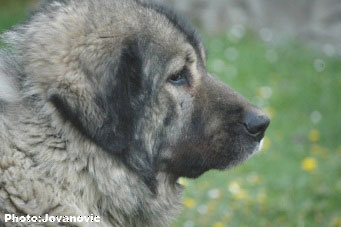
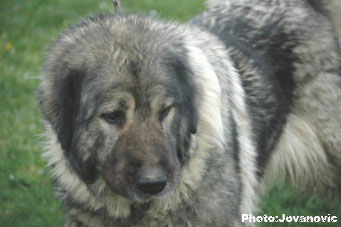
LES BEBES
